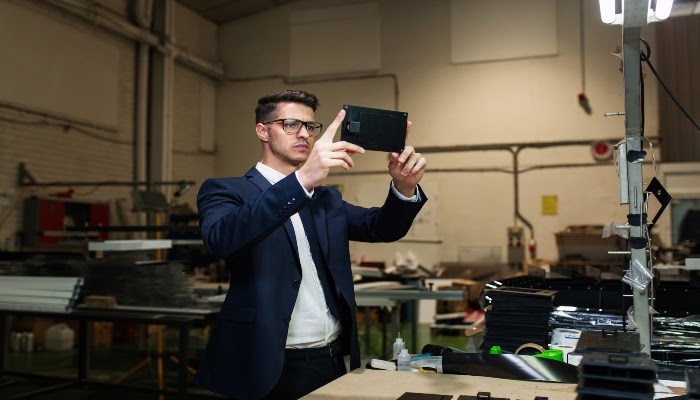When conducting safety walk around inspections, the hazards that pose immediate threats - like fall hazards, exposed wires, or blocked exits - are dealt with immediately. Other potential risks are not as immediate and we may make a note to deal with them later.
Notes can be tricky though and without taking photos of the problems encountered, we have to rely on our memories and our memory can sometimes play tricks on us, particularly if we are distracted. Taking photos to complement notes is the solution for better safety observation reporting.
The Power of Pictures
Images and pictures help us remember things better because of the powerful activity that goes on in our brains when we see photos. At super speed, we can look at a picture, and our brain immediately makes a connection to analyze it. With the ability to recognize a familiar object within 100 milliseconds, our brain processes the image to let us know it recognizes the image’s meaning.
Using Images to Improve Inspections
Taking photos during a safety walk around provides a record of the hazard and provides information for future reference. We can refer to photographs taken from past inspections to compare and demonstrate improvements on job sites. Pictures also help tell a story, allowing us to see what has happened and how it may have happened. Pictures also add immense value when we need to present the findings of the observation to others. It allows the people who were not present during the observation to feel as if they were there because they have visual representations to fill in the gaps.
Here are some helpful tips on taking better images for your next inspection:
- Capture the whole scene to paint an overall picture of what has happened or demonstrate what may happen. Include: Overall, Mid-Range, Close Up.
- Use multiple angles to capture everything required. Different angles and positions ensure that you capture everything and not just what is visible at first glance and one perspective. We all know that there are issues that lurk in hidden places.
- Take notes to supplement photos. Notes provide context and won’t confuse you later when you recall why you took the picture.
- Don't forget the time and date. Adding a time and date is important for documentation and future comparison.











